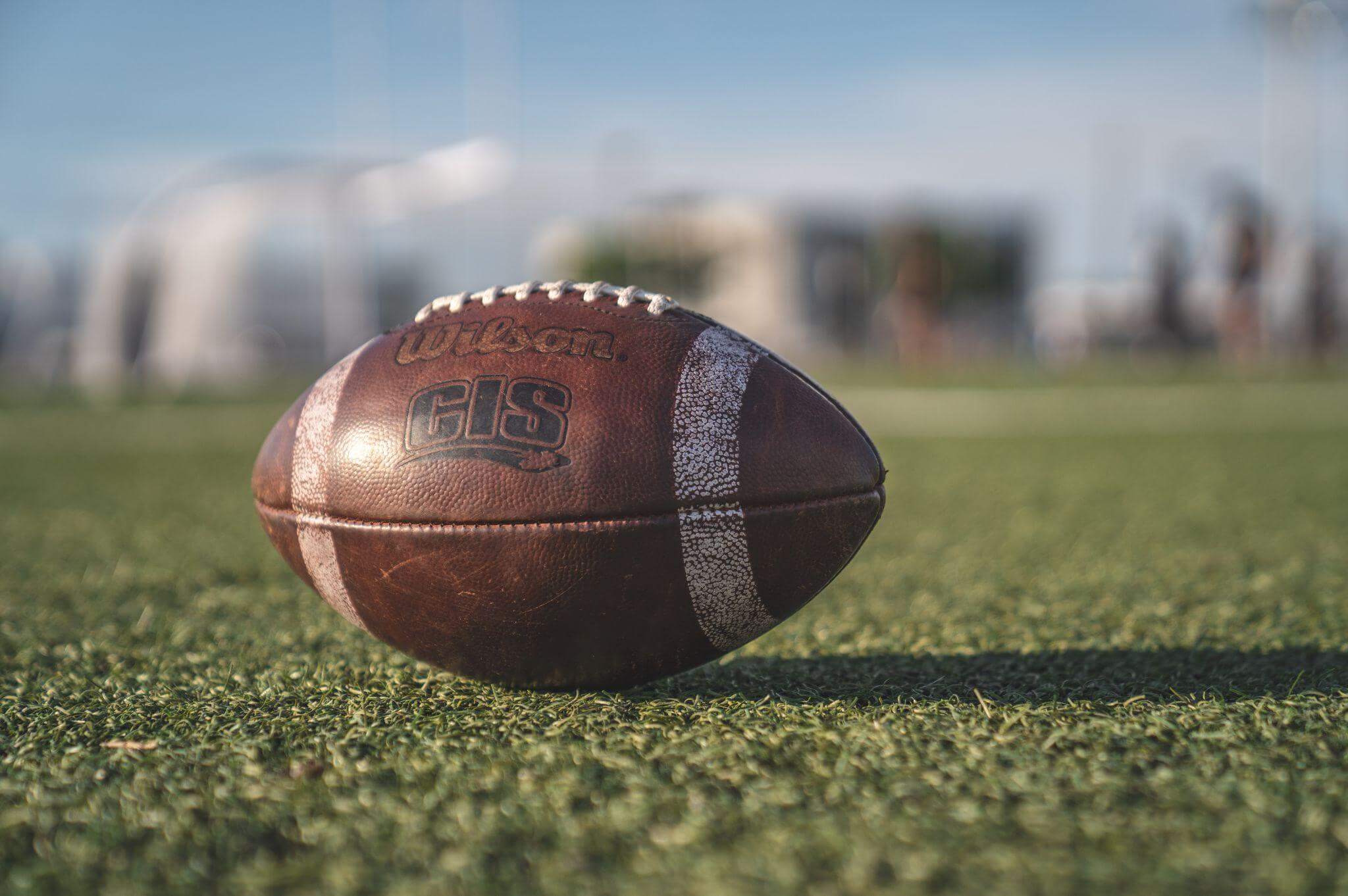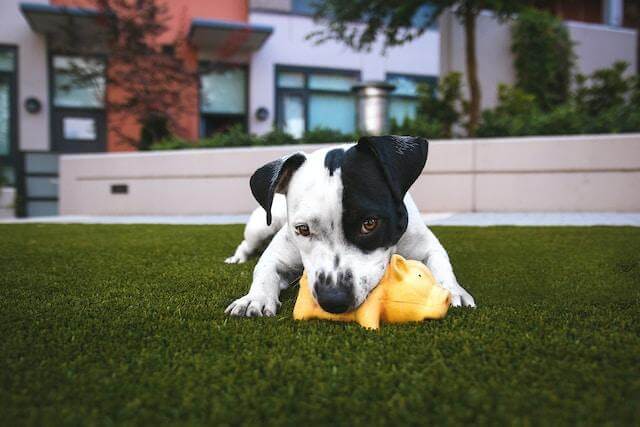
Remodeling your landscape to gain a greater curb appeal is a massive undertaking, plus the care and upkeep that follows are time intensive and expensive. More people are considering alternatives that involve less maintenance and allow for more free time.
One of those is using artificial turf contractors to remove the natural grass and install synthetic turf in its place. If you install it in a DIY capacity, you may choose to lay the artificial grass directly over the natural lawn. This shortcut can save cost and time, but there are downsides to the decision.
It’s important to weigh the pros and cons of this option plus become adequately informed on a proper install before considering DIY installation. The objective is to achieve a lush, even surface with adequate drainage and no safety hazards.
Consider a few suggestions on why installing the artificial turf after lawn removal is better, and then follow along to learn a few tips on DIY installation.
Can Homeowners Install Artificial Grass In A DIY Capacity
The suggestion is to ensure synthetic turf is adequately installed with proper drainage, an even surface, a lush appearance, and sufficient safety; it’s better to allow professional artificial turf contractors to do the steps wholly and thoroughly the first time. Go here for instructions on laying an artificial lawn.
Sometimes, homeowners will cut corners to save time and expense, like laying the synthetic turf on top of the natural lawn. While you can do this, shortcuts usually have a few downsides that become a problem in time. Let’s review some of these.
- One of the primary concerns when avoiding the removal of the existing natural grass is the resultant lack of drainage below the artificial turf. Usually, after installation, water from rainstorms or sprinkler systems will drain rapidly and evaporate.
When keeping the natural lawn in place, there’s nowhere for the water to go, with the potential for puddle accumulations that can eventually be detrimental to the turf material.
- Natural grass produces weeds below the synthetic grass. If there’s not a sufficient weed barrier, the likelihood for weeds to start cropping up through the artificial surface is high given time.
- Over time, the natural law will eventually die with the artificial surface covering it. The surface below the artificial turf will compact, creating uneven spots throughout the garden.
These won’t resolve on their own. It can be not only visibly unattractive but present safety hazards with the potential for tripping.
- The price point of a synthetic lawn upfront is considerable, but the objective is that the product lasts for an extended lifespan. When installed over an existing lawn, the turf has less opportunity to perform at its peak capacity, diminishing its longevity.
The case for removing the lawn and properly preparing the ground to accept the synthetic turf makes sense. Let’s look at how to prepare a soil base to accept the artificial grass product.

How Can You Prepare A Soil Base For Artificial Turf Product
Before an installation, it’s essential to have adequate tools for the process. Some tools suggested by the experts for ease with the project include:
- The sub-base material
- Weed membrane
- Grass glue
- Ground pins
- Joining tape
- Roller or planks
- Tape measure
- Hammer
- Shovel or wheelbarrow
- Carpet knife or turf cutter
Once the materials are lined up, the landscape remodeling can begin. These steps will help you to achieve a low-maintenance albeit lovely lawn that’s the envy of your neighborhood.
Find out how to install artificial turf on soil at https://youtu.be/w2_QotTPVs8. Let’s follow the steps to accomplish this goal.
The area needs to be measured, and any hazards identified
Before measuring the area, it’s essential to identify potential hazards in the garden. These can include “water pipes, sprinklers, electric lines,” and anything that could be beneath the surface where you intend to remove the existing lawn.
Sprinklers can be removed if you no longer will have use for them. You’ll need to mark where they’re located if they need to remain in place for use in other garden areas. This can help avoid uneven spots and sprinkler damage once the turf is installed.
You have the option of adding drainage pipes for simple clearing of water, plus the electrical wires can be protected by shifting them from the area’s perimeter by roughly “eight inches” to avoid damage when the artificial grass is secured with landscape pins.
Once the prep work is complete, the length and width of the space need to be measured for adequate synthetic grass coverage. Measuring will help to determine the number of turf rolls you’ll need and other materials.
Removal of the natural ground cover
When removing the natural ground cover, that will include the existing grass, pulling up any weeds, and removing rocks or any debris in the space that could result in an uneven surface.
If there is an infestation of weeds, it would be wise to use a natural weed killer that is environmentally friendly a few weeks ahead of time. The next step will be to remove roughly four inches from the top layer of soil to allow for the base.
The “bender board” will need to go in
A “bender board” assists with providing a clean line allowing separation from the ground and the synthetic turf. These are optional but allow more straightforward mapping of the perimeter and a much cleaner appearance.
The ground will need to be compact
Before a base layer can be applied, the ground needs an even layer with the suggestion that it be roughly “95 percent compared.” A few tools are capable of helping to achieve this, including “a roller, vibrating plate, or another flat compacting object capable of producing a smooth result.”
The landscaping fabric blocks weeds
Landscaping fabric or weed barrier will need to be placed as an extra precaution against weeds if these are a nuisance in your garden. This helps to protect the synthetic turf from experiencing weeds from cropping up. However, weed cloth is not something to consider in a garden with pets.
The material will absorb the pets’ urine leaving behind a tremendous odor. There are products on the market to help rid synthetic grass of these ammonia smells.
Installing the base
The primary component when laying artificial grass is the base layer allowing for adequate drainage. Most climates incorporate “roughly four inches of gravel or stone or a ¾” layer of construction-grade crushed rock” to let excessive amounts of water drain through easily.
Watering can further compact this but avoid overwatering as this will wash away the material or create “slumping.”

Attach the synthetic turf
The synthetic grass comes in rolls and will need to be unrolled approximately three hours before installing, but preferably overnight so it settles, leaving no sign of creases. You want to avoid dragging the material across your base where you have established a smooth surface.
The grass should be placed on the base layer in the proper position, with the grass blades facing the same direction. There is a pattern with the artificial turf; doing this will give it a natural look.
Pieces that need to be connected can be joined with a turf glue or using a quality tape meant for the outside. It’s recommended to try “S-shaped seams instead of straight for better hiding.”
The tape will go beneath the surface with the grass edges lined up with the seaming tape. Using heavy items to sit on top will help to activate the adhesive.
The turf should be pinned with ground pins approximately every “eight inches” across the perimeter. Placing these along each seam will add a layer of security. These should be hammered flat to maintain the even surface but not too excessively to divet the lawn.
When finished, a broom will help to brush the blades for fluffing so they appear natural – against the grain.
Final Thought
For a professional project, artificial turf contractors will present an install that is efficiently done, appealing in presence, and quality above all else.
Emily Hawthorne
Related posts
Stay connected
- How LoveOn Chat Is Becoming the Most Versatile AI Companion for Digital UsersThe internet keeps shifting toward hyper-personal interaction, and AI companions are at the center of this shift. What used to be simple chatbots are now evolving into emotionally aware, adaptive, and multi-functional digital partners. Among the new generation of platforms, LoveOn Chat is becoming one... The post How LoveOn Chat Is Becoming the Most Versatile […]
